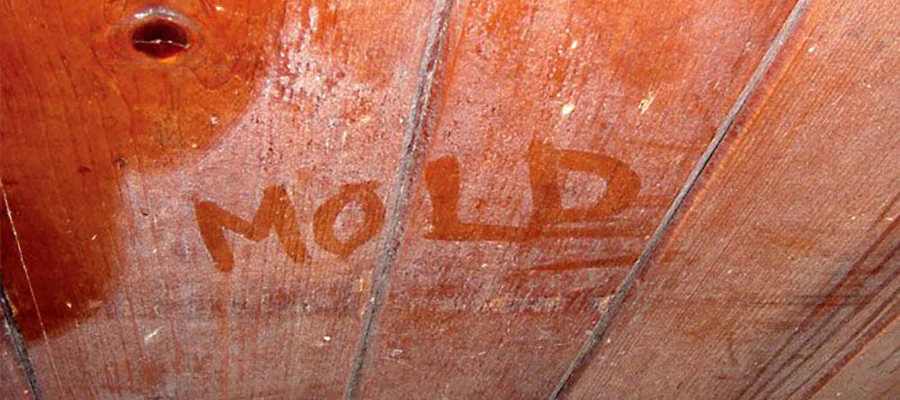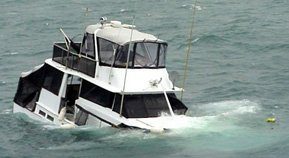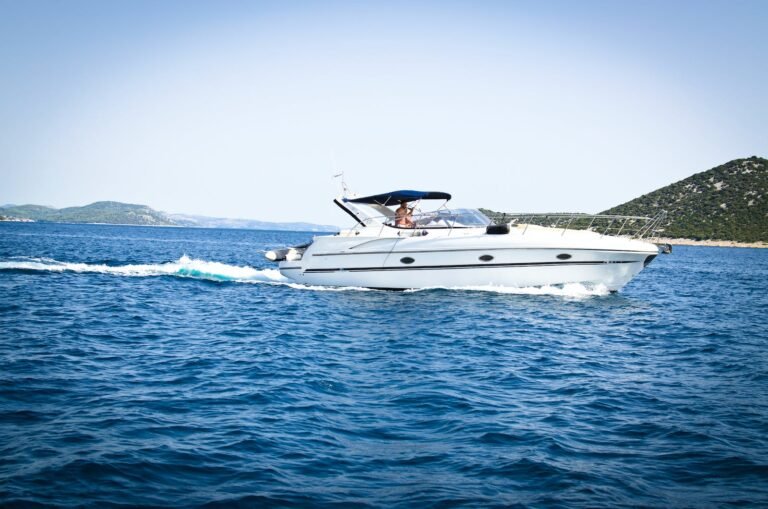Dealing with Mold and Mildew on a Boat

Photo credit www.anchoring.com
Mold and mildew, the relentless adversaries of boat owners, can wreak havoc if left unchecked.
These unwelcome guests thrive in the damp, confined spaces of a boat, making it essential for every mariner to understand how to combat their growth and, more importantly, prevent it from coming back.
In this comprehensive guide, we’ll explore the causes of mold and mildew on a boat, how to get rid of it, and the preventive measures that will keep your vessel in top shape.
Understanding Mold and Mildew on a Boat
Mold and mildew are fungi that develop in moist, humid environments, making boats an ideal breeding ground. They not only mar the appearance of your vessel but can also pose health risks to you and your passengers. Here are some key factors contributing to their growth:
- Dampness: Moisture is the primary catalyst for mold and mildew. Leaks, condensation, or high humidity levels can create the perfect breeding ground.
- Poor Ventilation: Inadequate airflow can trap humidity and encourage fungal growth, especially in confined spaces.
- Organic Material: These fungi feed on organic matter, such as wood, fabric, and other boat materials, making these surfaces prone to infestation.
Dealing with Mold and Mildew on a Boat
- Personal Protection: Before you start the cleaning process, don protective gear, including gloves, a mask, and eye protection.
- Ventilation: Ensure proper airflow by opening hatches, windows, and doors, allowing fresh air to circulate through the affected areas.
- Remove Excess Moisture: Locate and address the source of moisture. Repair any leaks and use dehumidifiers or moisture-absorbing products to reduce humidity.
- Dry the Affected Areas: Use towels, rags, or a wet-dry vacuum to remove excess moisture from affected surfaces.
- Clean with Mold and Mildew Remover:
- Commercial mold and mildew removers work well. Follow the manufacturer’s instructions.
- Alternatively, create a solution of one part white vinegar and one part water, or use hydrogen peroxide (3%) for cleaning. Apply with a cloth or sponge and scrub gently.
- Scrubbing: For stubborn stains, use a soft-bristle brush or an old toothbrush to gently scrub the affected areas. Avoid using abrasive materials that could damage surfaces.
- Rinse and Dry: After cleaning, rinse the area with clean water to remove any residual cleaning agents. Ensure that the cleaned surfaces are completely dry.
- Monitor and Prevent: Regularly inspect your boat for signs of returning mold or mildew, and take preventative actions to keep them at bay.
- Preventing Mold and Mildew
- Prevention is the key to maintaining a mold and mildew-free boat:
- Regular Cleaning: Wipe down surfaces regularly with an antimicrobial cleaner or a vinegar-water solution to discourage fungal growth.
- Keep It Dry: Towel-dry wet areas, especially in hidden spaces like bilges and lockers.
- Use Desiccants: Invest in moisture-absorbing products like dampness bags, which can help reduce humidity in enclosed spaces.
- Monitor Humidity: Use a hygrometer to measure humidity levels on your boat. Ideal levels are typically below 50%.
- Store Wisely: When winterizing your boat or storing it for an extended period, choose a dry, well-ventilated location.
- Inspect for Leaks: Regularly check for and repair any leaks, no matter how minor.
Mold and mildew are challenges that every boat owner faces, but with proper prevention and a proactive approach to cleaning, you can ensure that your vessel remains free from these unsightly and potentially harmful invaders.
A clean, dry boat is not only a pleasure to be on but also a safe and healthy environment for you and your fellow boaters.





